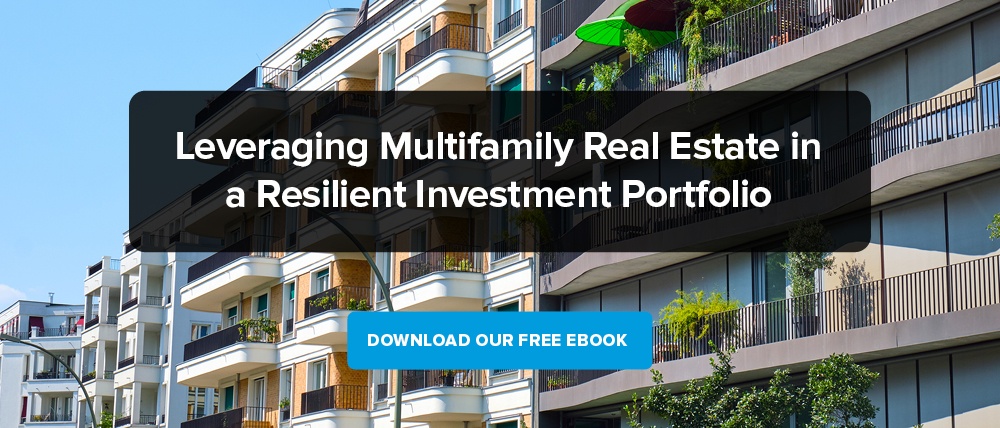Thousands of people are moving to Austin, Texas, every year with the population expected to grow to over four million in the next 20 years. As a city booming with new jobs and a local scene with some of the best food, art, and music in the country, Austin has much to offer investors and new residents alike.
It’s no surprise that new residents are pouring into Austin and surrounding areas, but along with the tremendous economic growth comes concern that Austin may be expanding too quickly to remain a viable real estate investment option.
With the projected growth reminding some investors of San Francisco’s oversaturation problem, some are worried the real estate market in Austin may already be close to tapping out. The good news is, Austin is still a great option for investors and an enticing option for new residents.
Room for Development
Despite Austin’s rapid population growth in recent years, there is still room for development in the city and surrounding areas. New residents are spreading out, making homes for themselves in Austin’s metropolitan areas of Williamson, Hays, Bastrop, and Caldwell counties, and much of the land in these areas is still undeveloped.
Some investors have questioned whether Austin is oversaturated, but as communities expand out to the metropolitan areas, the need for housing and commercial developments, as well as the availability of land in those areas, increases.
As the population grows, the need for housing - and the need for residential real estate development - will grow with it. Additionally, the opportunities for business expansion and commercial real estate will only increase as new residents bring money into the local economy and new jobs are created. Investors will be happy to know the real estate investment opportunities in Austin are expanding, not dwindling.
Experts believe that Austin still has 20 years of growth ahead before it reaches a population that could mirror that of San Francisco during its peak. In some ways, Austin’s growth is only in its infancy and remains a lucrative option for investors. The momentum behind Austin is building instead of fading.
Affordability
One of Austin’s advantages over larger cities like New York and San Francisco is affordability. With an overall cost of living index of 125% less than that of San Francisco and 56% less than that of New York, Austin has become an appealing option for millennials and young professionals hoping to settle down somewhere with the cultural appeal of larger cities but with a lower cost of living. In addition to a low cost of living, Austin residents don’t have to pay a state income tax which can make living there even more affordable.
Low cost provides advantages to investors as well. Affordable properties create a higher ROI as properties bought at a low price tend to appreciate quickly. The affordability of Austin compared to other large cities creates lower risks for investors while attracting new residents and businesses to rent out spaces. Affordable properties also allow investors more money in their budget to improve properties or invest elsewhere.
Investors have a better chance of stronger returns in Austin as the demand for housing is high and the cost of properties remains affordable. The need for housing will only go up over the next 20 years, according to experts, so Austin still has more than two decades worth of potential investment returns ahead.
Want to learn more about investing in Austin real estate? Connect with one of our specialists today!
High Paying Careers and Low Unemployment Rates
Austin added more than 37,000 net new jobs in 2019. 10,000 of those were jobs in the professional and business services industry sector which includes high-paying careers in law, computer engineering, finance, and research. Manual labor jobs also saw a large increase in 2019 along with other sectors.
Companies like Smile Direct Club, Apple, and Amazon are set to add thousands of jobs collectively in Austin over the next few years. Apple has already started development on its Austin campus which is expected to add 5,000 initial jobs and 15,000 jobs over the long term.
As new residents pour into the city each day, they find a wide variety of available jobs in technology, natural resources, construction, and hospitality. The unemployment rate has hovered between 2-3% in recent years, and even with the recent economic turmoil resulting from the COVID-19 crisis, Austin still holds an unemployment rate that is 2% below the national average.
For both commercial and residential real estate investors, quality jobs and low unemployment mean a stable environment for successful investments. New businesses that move into the area will need office space, and new residents will need places to live. Investors can take advantage of this economic environment by investing in real estate in Austin.
Population growth, affordability, quality jobs, and low unemployment are all key factors that create an ideal environment for real estate investing and Austin boasts each of these attributes. Potential investors may want to work closely with investment firms to evaluate their options and create the best strategy for investing in Austin, but the potential the city still holds cannot be overlooked.
As growth is expected to continue, more jobs are added, and cost of living remains low compared to most major cities, it's obvious that Austin is booming with opportunities for investors and the trend is expected to continue upward over the next two decades.
With so many opportunities for successful investments on the horizon, it is inaccurate to describe Austin as “tapped out” when it comes to real estate. Really, the opportunities are only beginning.




